
Electric Bike Weight Limit: Safe Riding Tips
When choosing an e-bike, one of the most overlooked factors is the electric bike weight limit. This limit determines how much load your bike can safely handle, including your body weight, gear, and accessories. Exceeding it can affect performance, battery life, and even rider safety. Understanding weight limits will help you pick the right model and enjoy a smoother, more reliable ride.
Understanding the Weight Limit of an Electric Bike

The weight limit of an electric bike is the maximum load it can safely carry without compromising performance or safety. This total weight includes the rider, any cargo, and additional accessories such as baskets, panniers, or child seats. Manufacturers set these limits to ensure the e-bike runs efficiently and remains stable on different terrains.
Several factors influence an e-bike’s load capacity. The frame design and materials play a big role—stronger frames made from steel or reinforced aluminum typically support heavier riders. The motor power also matters, as a higher-watt motor can provide smoother acceleration and better hill-climbing ability under extra weight. Battery size, wheel strength, and suspension systems further contribute to how much weight an e-bike can handle.
By understanding these elements, riders can make informed decisions when choosing an e-bike that matches their weight and riding needs. Staying within the recommended capacity not only prevents wear and tear but also ensures a safer, more enjoyable ride.
The Importance of Weight Limits on E-Bikes
The weight limit on an electric bike is more than just a number in the manual—it plays a key role in your safety, ride quality, and the overall lifespan of the bike. Ignoring these limits can lead to serious issues that affect both the rider and the e-bike itself.
Safety Considerations
Exceeding the recommended weight capacity places extra stress on the frame, wheels, and suspension. This can cause structural weakness, making the bike harder to control, especially when braking or cornering. Overloading also affects balance, increasing the chance of tipping or losing stability on uneven terrain. Tyres are particularly vulnerable; too much weight can accelerate wear or even cause blowouts, which pose a serious risk during high-speed rides.
Performance and Efficiency
E-bikes are engineered to perform within certain load limits. Going beyond these thresholds reduces efficiency—your battery will drain faster, your motor will struggle on hills, and your brakes may lose stopping power under strain. An overloaded e-bike may feel sluggish, less responsive, and far less comfortable, ultimately shortening the range and enjoyment of each ride.
Warranty and Maintenance Issues
Manufacturers set strict guidelines for good reason. If you consistently exceed the e-bike weight limit, you risk voiding the warranty, as any related damage may be considered misuse. Repairs for motors, batteries, or wheels can become costly when caused by overloading. In some cases, insurance policies also require compliance with manufacturer specifications, meaning you could lose coverage if an accident occurs while riding beyond the stated capacity.
Respecting the weight limit ensures safer rides, better performance, and a longer-lasting e-bike. It’s a simple step that protects both you and your investment.
Typical Weight Capacities Across Different E-Bike Categories
City and Commuter E-Bikes
City and commuter e-bikes typically support riders between 220 and 300 lbs (100–136 kg). These bikes are designed for daily commuting, errands, and smooth urban roads. They prioritize comfort, stability, and easy handling, making them ideal for city dwellers who want a reliable e-bike for everyday use.
The U2 Ucity Step-Thru is designed for urban riders seeking convenience and performance. Its step-through frame allows for easy mounting and dismounting, while the front suspension smooths out bumps during city rides. With a motor designed to assist efficiently in stop-and-go traffic, it delivers a comfortable and controlled ride. Its dual disc brakes ensure responsive stopping, and the compact frame is perfect for navigating crowded streets.
Key Specs:
-
Motor: 350W (Peak 500W)
-
Battery: 36V 7.8Ah (281Wh)
-
Range: 22–28 miles (35–45 km)
-
Load Capacity: 265 lbs (120 kg)
-
Top Speed: 15.5 mph (25 km/h)
-
Tires: 16×2.1"
-
Suspension: Front
-
Brakes: Dual Disc
-
Rider Height: 5’1”–6’2” (155–188 cm)
The U4 Low Step-Through combines comfort with extended range for longer commutes. Its low-step frame provides accessibility for riders of all ages, while multiple riding modes allow customization for both casual and more demanding rides. The battery supports longer distances, and the front suspension adds comfort on uneven roads. Its lightweight yet sturdy frame ensures stability while maintaining a sleek, commuter-friendly design.
Key Specs:
-
Motor: 500W (Rated 250W)
-
Battery: 36V 10.4Ah (374Wh)
-
Range: 35–55 miles (55–90 km)
-
Load Capacity: 264 lbs (120 kg)
-
Top Speed: 20 mph (32 km/h)
-
Tires: 16×2.15"
-
Suspension: Front
-
Brakes: Dual Disc
-
Rider Height: 5’3”–6’3” (160–192 cm)
Cargo and All-Terrain E-Bikes
Cargo and all-terrain e-bikes are designed to carry heavier loads, typically between 330 and 400 lbs (150–181 kg). They are perfect for riders who need extra carrying capacity, whether for groceries, deliveries, or tackling rough trails. These bikes are built with strong frames and reinforced components to handle weight without compromising safety or performance.
The M10 / EB3 All-Terrain is built for versatility and rugged performance. Its MTB-style frame, combined with Shimano 7-speed gears and front fork suspension, makes it capable of handling both rough terrain and heavier riders. The 500W motor delivers reliable assistance, while the mechanical disc brakes offer consistent stopping power under load. This e-bike is ideal for adventurous riders who need durability, strength, and comfort all in one package.
Key Specs:
-
Motor: 500W (Rated 250W)
-
Battery: 36V 10.4Ah (378Wh)
-
Range: 44–60 miles (70–100 km)
-
Load Capacity: 330 lbs (150 kg)
-
Top Speed: 22 mph (35 km/h)
-
Tires: 26×1.95"
-
Suspension: Front Fork
-
Brakes: Mechanical Disc
-
Rider Height: 5’3”–6’5” (160–195 cm)
-
Notes: MTB style, Shimano 7-speed, LCD display
Folding E-Bikes
Folding e-bikes are ideal for portability and storage, generally supporting 200–265 lbs (90–120 kg). They are perfect for riders who need to carry their bike on public transport or store it in small spaces. Despite their compact design, modern folding e-bikes can still deliver impressive performance and comfort for city commuting or light recreational rides.
The U1 / U3 Folding e-bike balances portability with power. Its foldable frame allows for easy storage or transport, while the 500W motor ensures smooth acceleration even when carrying cargo. Rear suspension helps absorb bumps, and hydraulic dual disc brakes provide reliable stopping power. The intelligent display gives riders full control over speed modes and battery levels, making this e-bike a practical and efficient solution for urban riders with limited space.
Key Specs:
-
Motor: 500W
-
Battery: 36V 7.8Ah (281Wh)
-
Range: 25–40 miles (40–65 km)
-
Load Capacity: 264 lbs (120 kg)
-
Top Speed: 20 mph (32 km/h)
-
Tires: 14×1.95"
-
Suspension: Rear
-
Brakes: Dual Disc (Hydraulic)
-
Rider Height: 4’9”–6’1” (150–185 cm)
-
Notes: Foldable, intelligent display, adaptive motor
iHoverboard Electric Bikes in Comparison
|
Spec |
||||
| Image |  |
 |
 |
 |
|
Motor |
500W |
350W (Peak 500W) |
500W (Rated 250W) |
500W (Rated 250W) |
|
Battery |
36V 7.8Ah (281Wh) |
36V 7.8Ah (281Wh) |
36V 10.4Ah (374Wh) |
36V 10.4Ah (378Wh) |
|
Range |
25–40 miles (40–65 km) |
22–28 miles (35–45 km) |
35–55 miles (55–90 km) |
44–60 miles (70–100 km) |
|
Top Speed |
20 mph (32 km/h) |
15.5 mph (25 km/h) |
20 mph (32 km/h) |
22 mph (35 km/h) |
|
Weight |
52 lbs (23.7 kg) |
45 lbs (20.5 kg) |
58 lbs (26.5 kg) |
55 lbs (24.8 kg) |
|
Load Capacity |
264 lbs (120 kg) |
265 lbs (120 kg) |
264 lbs (120 kg) |
330 lbs (150 kg) |
|
Tires |
14×1.95" |
16×2.1" |
16×2.15" |
26×1.95" |
|
Suspension |
Rear Suspension |
Front Suspension |
Front Suspension |
Front Fork Suspension |
|
Brakes |
Dual Disc (Hydraulic) |
Dual Disc |
Dual Disc |
Mechanical Disc |
|
Rider Height |
4’9”–6’1” (150–185 cm) |
5’1”–6’2” (155–188 cm) |
5’3”–6’3” (160–192 cm) |
5’3”–6’5” (160–195 cm) |
|
Notes |
Foldable, intelligent display, adaptive motor |
Step-thru, city-focused |
Foldable, low-step, 3+1 modes |
MTB style, Shimano 7-speed, LCD display |
Ways to Determine Your E-Bike’s Maximum Load Capacity
Knowing your e-bike’s maximum load capacity is crucial for safety, performance, and long-term reliability. By calculating the total weight your bike can handle, you can avoid overloading issues that may damage the frame, motor, or brakes. Here’s how to determine your e-bike’s safe load step by step.
Step 1: Calculate Total Weight
Start by adding up the combined weight of the rider, any cargo, and additional accessories. Don’t forget items like backpacks, child seats, or baskets, as these contribute to the total load.
Step 2: Check Manufacturer Guidelines
Once you have the total weight, compare it with the weight limit specified by the manufacturer. This information is usually listed in the user manual or on the manufacturer’s website. Staying within this limit ensures optimal performance and safety.
Step 3: Factor in Accessories and Modifications
Consider all added components such as panniers, trailers, or extra batteries. Even small additions can push the bike beyond its recommended load. Adjust your carrying capacity accordingly and avoid riding with a total weight that exceeds the e-bike’s limit.
Special Considerations for Heavy Riders
For heavier riders, choosing bikes with higher load limits and sturdy components is essential. Bikes with wider tires, reinforced frames, or fat tire designs offer improved stability and traction. These features help maintain balance and control, especially on uneven terrain, while reducing strain on the motor and brakes.
Performance and Safety Benefits
By staying within the recommended weight capacity:
-
The e-bike runs more efficiently, and the battery lasts longer.
-
Motor and brakes perform optimally without overheating or excessive wear.
-
Ride comfort improves, as the suspension and frame are not overburdened.
-
The risk of accidents due to instability or tire blowouts is minimized.
Understanding and calculating your e-bike’s maximum load ensures safe rides, better handling, and long-term reliability, making it a key part of responsible e-bike ownership.
Essential Safety Tips for Riding an Electric Bike with Extra Weight
Riding an e-bike with additional weight requires extra attention to safety, performance, and maintenance. Whether carrying cargo, passengers, or gear, following key precautions ensures a smoother and more secure ride while protecting your bike’s components.
1. Maintain Proper Weight Distribution
Even distribution of weight is critical to avoid imbalance, tipping, or strain on the frame and suspension. Place heavier items low and close to the bike’s center of gravity. For cargo or panniers, keep loads symmetrical on both sides to maintain stability during turns and braking.
2. Monitor Tire Pressure and Brakes
Additional weight increases the pressure on tires and brakes. Always check that tires are inflated to the recommended levels, and inspect them regularly for wear. Ensure brakes are responsive and capable of handling the load, as stopping distances may increase with heavier riders or cargo.
3. Adjust Riding Style
When carrying extra weight, adjust your speed, especially on descents or in crowded areas. Take turns more slowly and allow extra distance for braking. Avoid sudden maneuvers that could destabilize the bike. Smooth acceleration helps prevent motor strain and extends battery life.
4. Regular Maintenance Checks
Overloading or frequent heavy riding accelerates wear on components. Inspect the frame, wheels, suspension, and drivetrain regularly for signs of stress or damage. Keep the chain lubricated and check bolts, screws, and attachments to ensure everything is secure.
5. Choose the Right E-Bike for Your Needs
If you often ride with additional weight, consider e-bikes designed for higher load capacities. Cargo, folding, or all-terrain e-bikes usually feature reinforced frames, stronger motors, and better suspension to safely support heavier loads.
6. Protect Battery Life
Extra weight increases motor demand, which can drain the battery faster. To preserve battery performance, avoid consistently overloading your e-bike and plan routes that account for range reduction. Using eco or assisted modes can help reduce stress on the motor and extend ride distance.
By following these tips, riders can safely enjoy e-bikes while carrying extra weight, ensuring better control, improved longevity, and a more comfortable riding experience.
Conclusion
Understanding the electric bike weight limit is essential for safety, performance, and long-term reliability. Staying within the recommended load ensures that your e-bike runs efficiently, the battery lasts longer, and components like brakes, tires, and suspension remain in optimal condition. Whether you’re commuting, riding recreationally, or transporting cargo, choosing the right e-bike for your weight and properly distributing any additional load is key to a smooth and enjoyable experience.
By following the tips outlined in this guide—from calculating total weight to regular maintenance and safe riding practices—you can maximize your e-bike’s performance while minimizing risks. Prioritizing weight limits not only protects your investment but also enhances every ride, making it safer, more comfortable, and more reliable.





































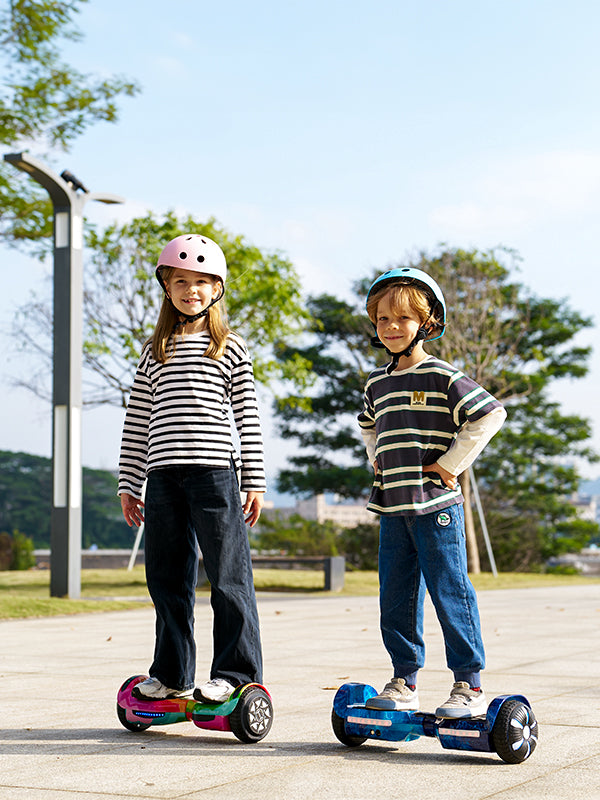




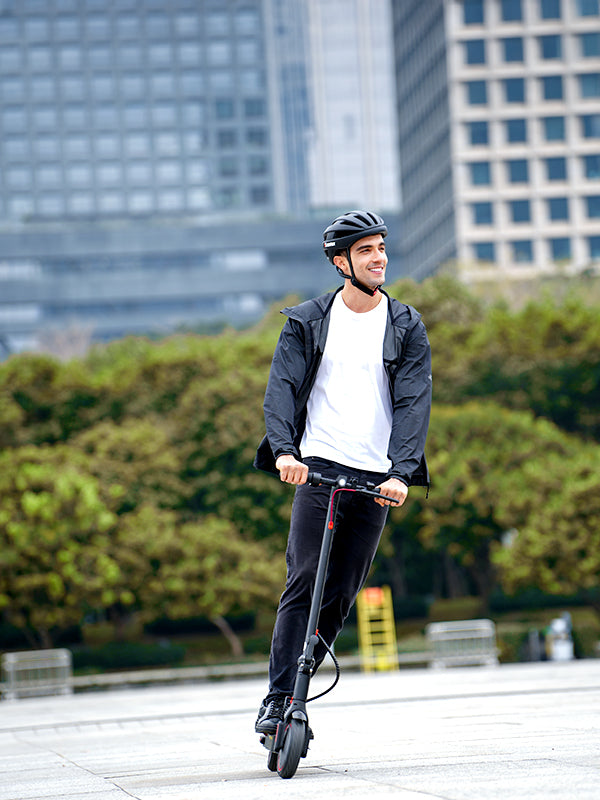




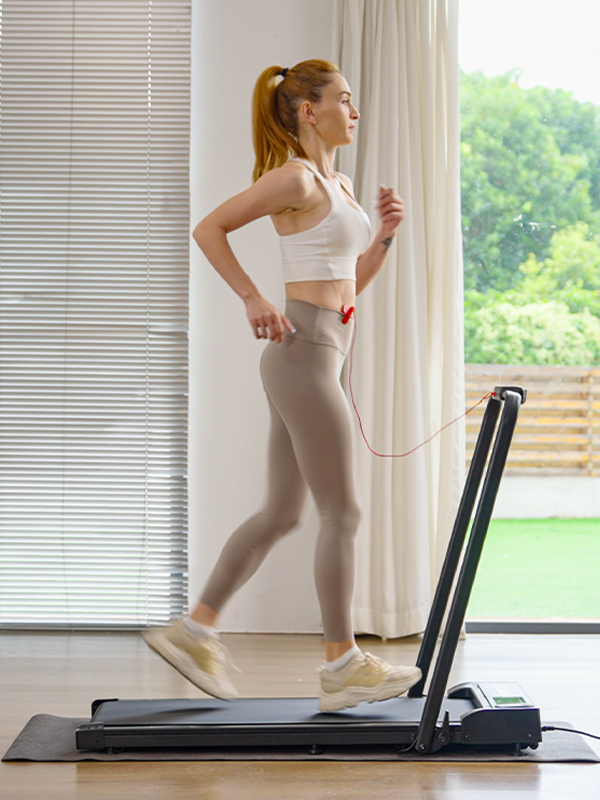





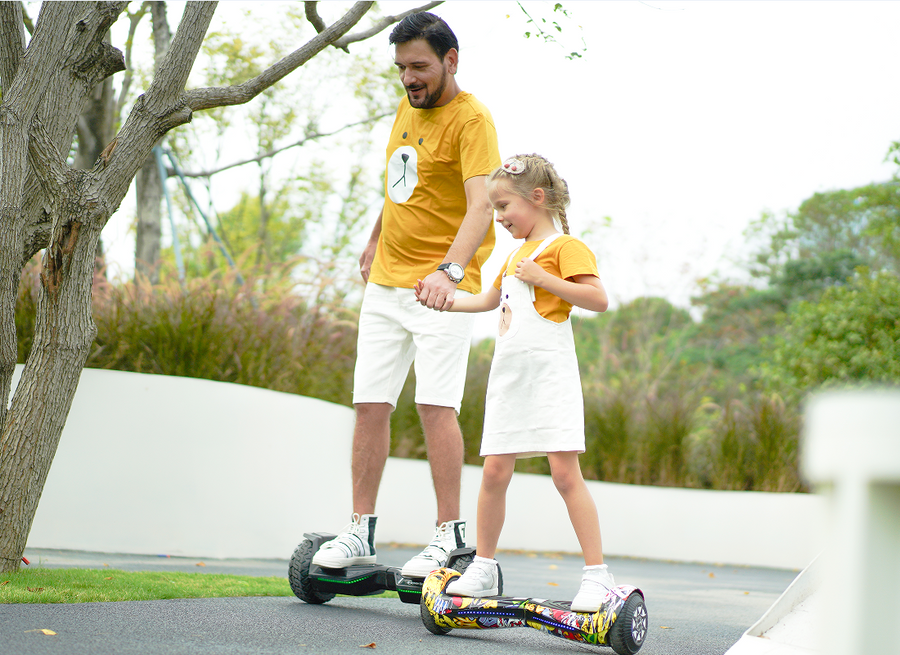
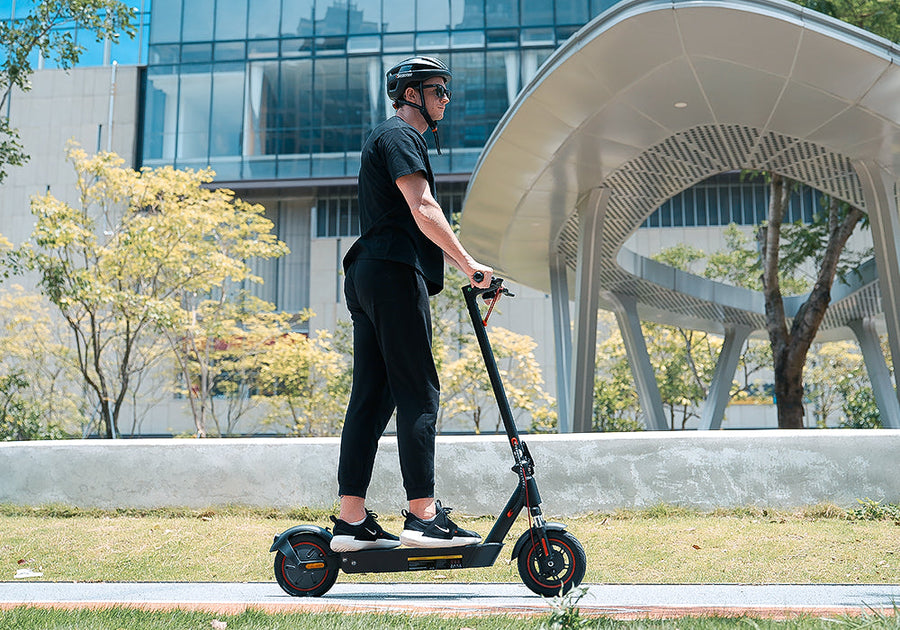

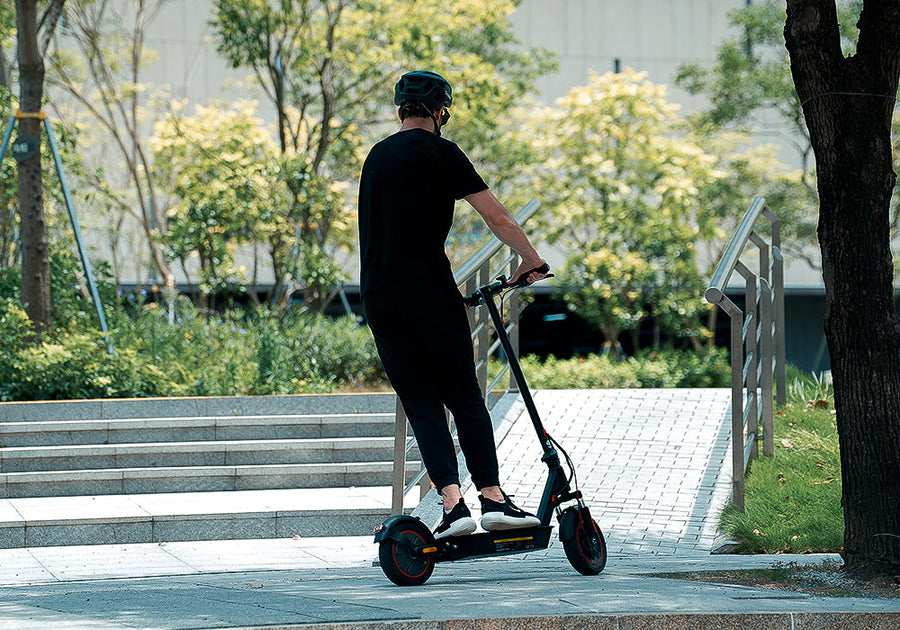


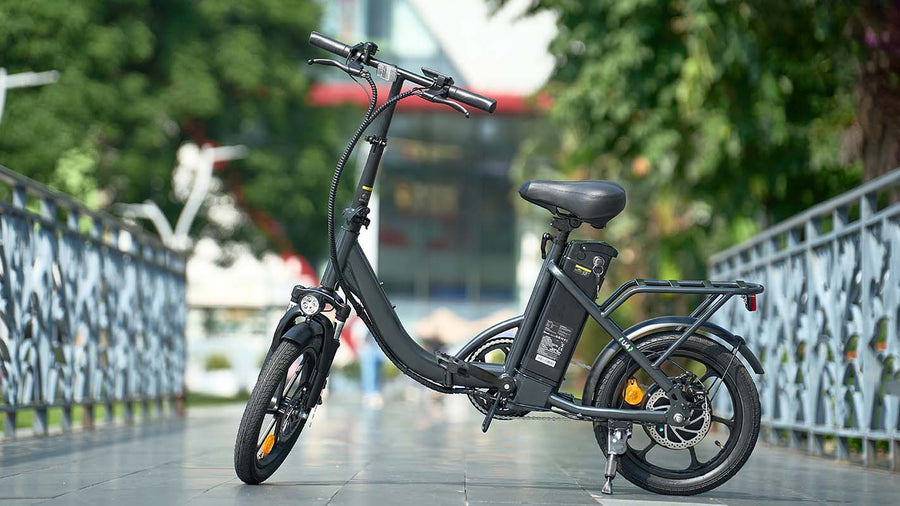









Still, need help? Contact Us: support@ihoverboard.com
What's the option? Check out the option now!
Leave us a message